
In the coming days, the inauguration of the Ram Mandir in Ayodhya is imminent, marked by the consecration (Pran Pratishtha) of Ram Lalla scheduled between 12:15 pm and 12:45 pm on January 22. Prime Minister Narendra Modi will preside over this significant ceremony in the presence of notable figures including UP CM Yogi Adityanath, RSS chief Mohan Bhagwat, UP Governor Anandiben Patel, and Mahant Nritya Gopal Das, the president of the temple trust. An extensive list of over 7,000 dignitaries, spanning cricketers, individuals from the entertainment industry, and businessmen, have been invited to partake in this historic event.
Let’s revisit the chronology leading up to this momentous consecration ceremony
Temple Demolished to Make Way for Mosque – 1528
In 1528, according to historical accounts, Mughal ruler Babur’s general Mir Baqi erected a mosque after demolishing a temple at ‘Ram’s birthplace’ in Ayodhya’s Ramkot.
Dispute during British India
Religious turmoil over the Babri Masjid site emerged in 1853 when the Nirmohis, a Hindu sect, claimed that a Hindu temple was razed during Babur’s reign to make room for the mosque. The British installed a partition fence in 1859, allowing Muslims to pray within the mosque and designating the outer court for Hindu use.
Ram Lalla Idols Inside Babri Mosque – 1949
In 1949, idols of Lord Ram surfaced inside Babri Masjid, leading to legal disputes. The government locked the site, but priests were permitted to perform daily rituals.
Plea Seeks Restoration of Property to Muslims – 1961
In 1961, a petitioner sought the restoration of the property to Muslims, leading to the Sunni Central Wakf Board filing a suit in Faizabad civil court, declaring Babri Mosque as the board’s property.
Campaign Launched to Build Ram Mandir – 1980s
In the 1980s, the Vishwa Hindu Parishad (VHP) initiated a committee with the aim of liberating the birthplace of Lord Ram and constructing a temple.
VHP Lays the Foundation of Ram Mandir – 1989
In 1989, the VHP commenced building a Ram Mandir on the adjacent land to Babri Masjid. Subsequently, a case was filed requesting the relocation of the mosque.
The Rath Yatra – 1990
In 1990, under LK Advani’s leadership, the BJP organized a Rath Yatra from Somnath to Ayodhya, expressing support for the Ram Mandir agitation. The procession triggered widespread attention and enthusiasm.
The Mosque is Demolished – 1992
On December 6, 1992, the disputed Babri Mosque was demolished by karsevaks in the presence of leaders from Shiv Sena, VHP, and BJP, sparking communal riots across the country.
Godhra Train Fire and Gujarat Riots – 2002
The burning of a train carrying kar sevaks from Ayodhya in 2002 led to the Godhra train fire and subsequent Gujarat riots, resulting in a significant loss of lives.
ASI Conducts Survey – 2003
In 2003, the Archaeological Survey of India (ASI) reported evidence of a significant Hindu complex beneath the disputed site, sparking ongoing debates.
Allahabad HC Divides the Disputed Site – 2010
In 2010, the Allahabad High Court ruled that the disputed land be divided into three parts, allocated to Ram Lalla, Islamic Waqf Board, and Nirmohi Akhara.
All Three Sides Approach Supreme Court – 2011
All parties appealed against the High Court’s decision, leading to the Supreme Court staying the order.
Supreme Court Orders Land for Ram Mandir – 2019
On November 9, 2019, the Supreme Court directed the transfer of the disputed land for the construction of the Ram Janmabhoomi temple, establishing the Shri Ram Janmabhoomi Teerth Shetra trust.
Foundation Stone Laying Ceremony – 2020
On August 5, 2020, Prime Minister Narendra Modi laid the foundation stone for the Ram Mandir, marking a historic moment.
Consecration Ceremony (Pran Pratishtha) of Ram Lalla – January 22, 2024.
The much-anticipated consecration ceremony of Ram Lalla is scheduled for January 22, 2024, with Prime Minister Narendra Modi leading the proceedings, symbolizing the culmination of a long and significant journey.
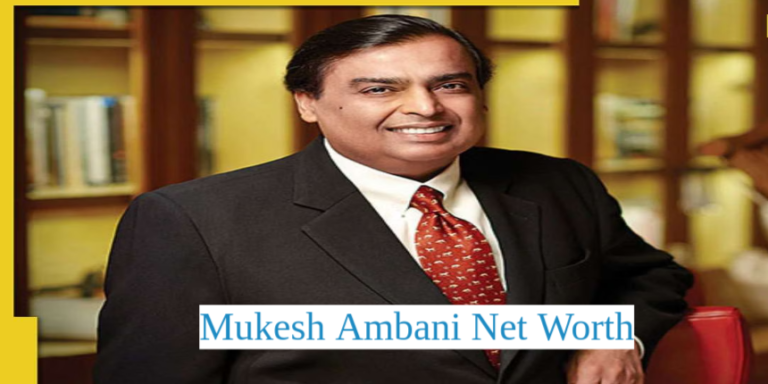
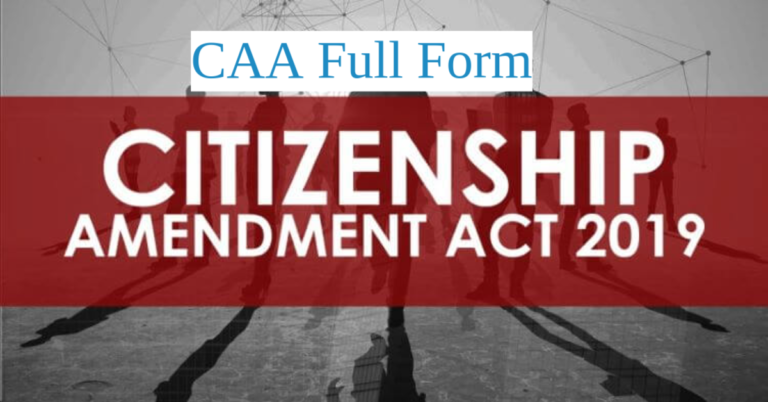
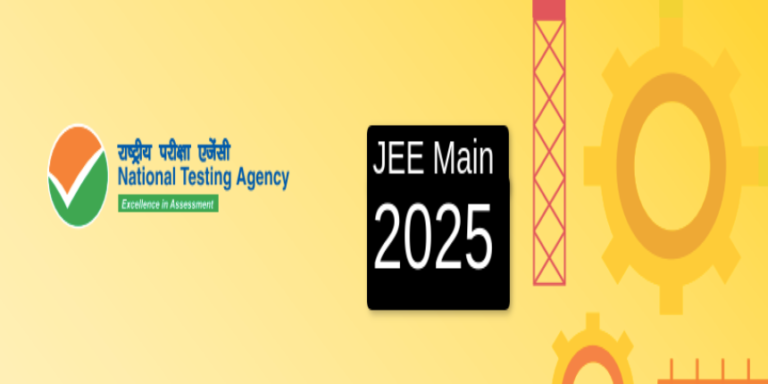


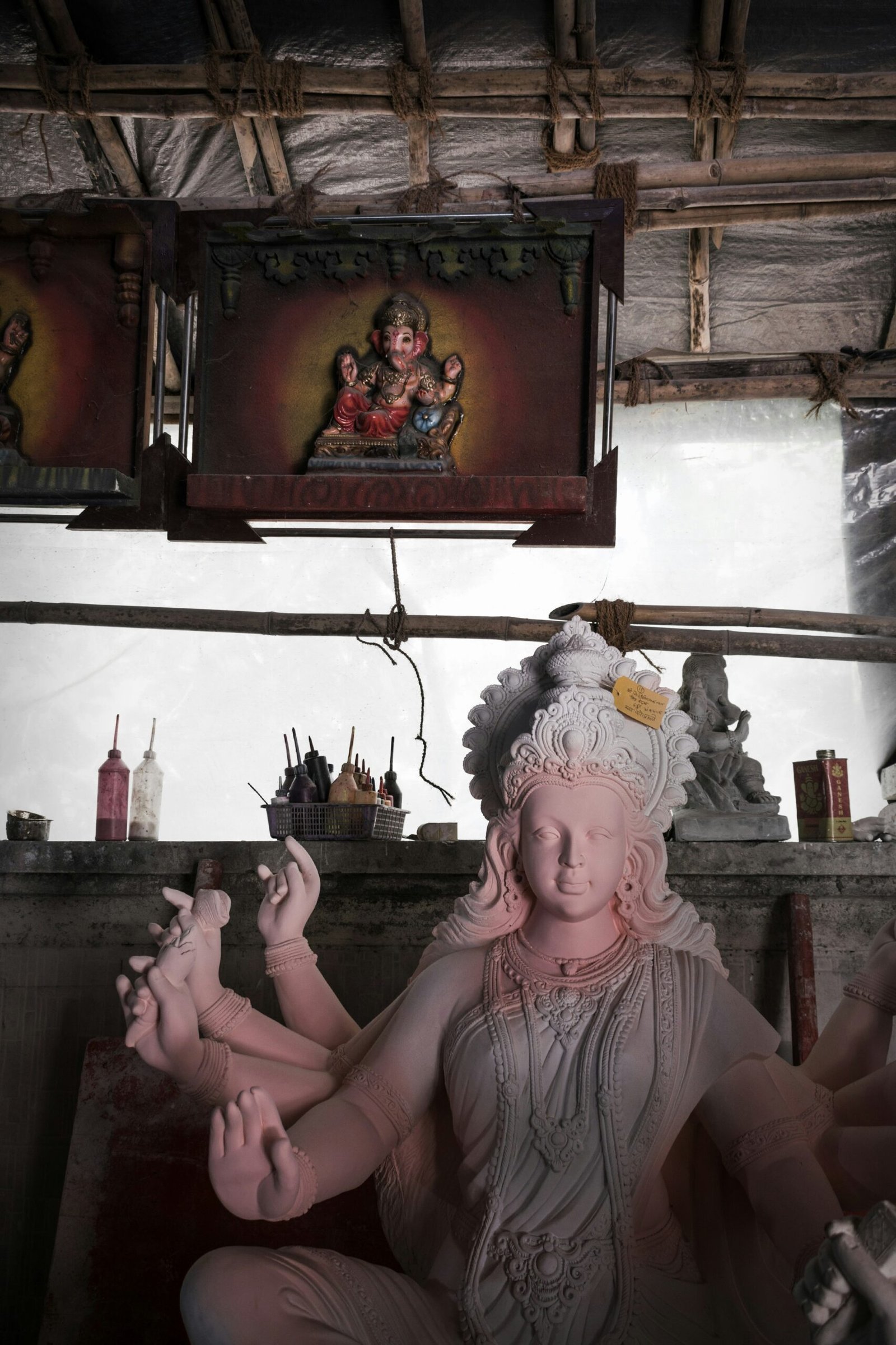
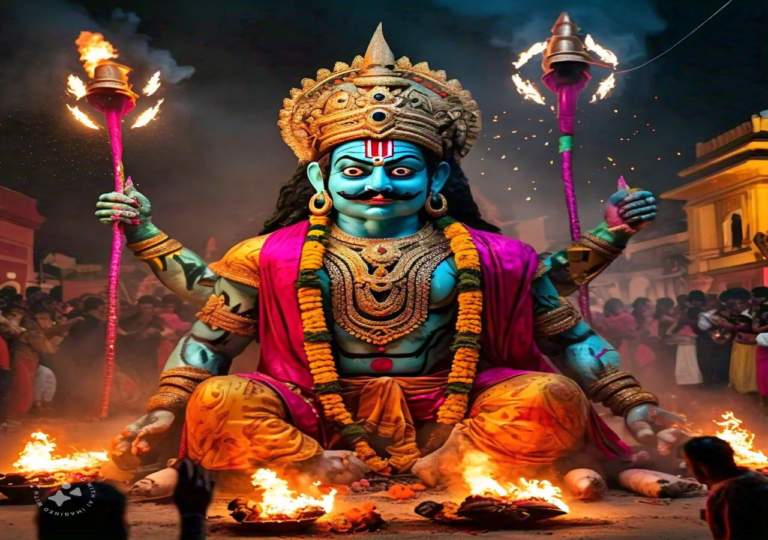
Best Article, Every indian should be knows ram mandir history.